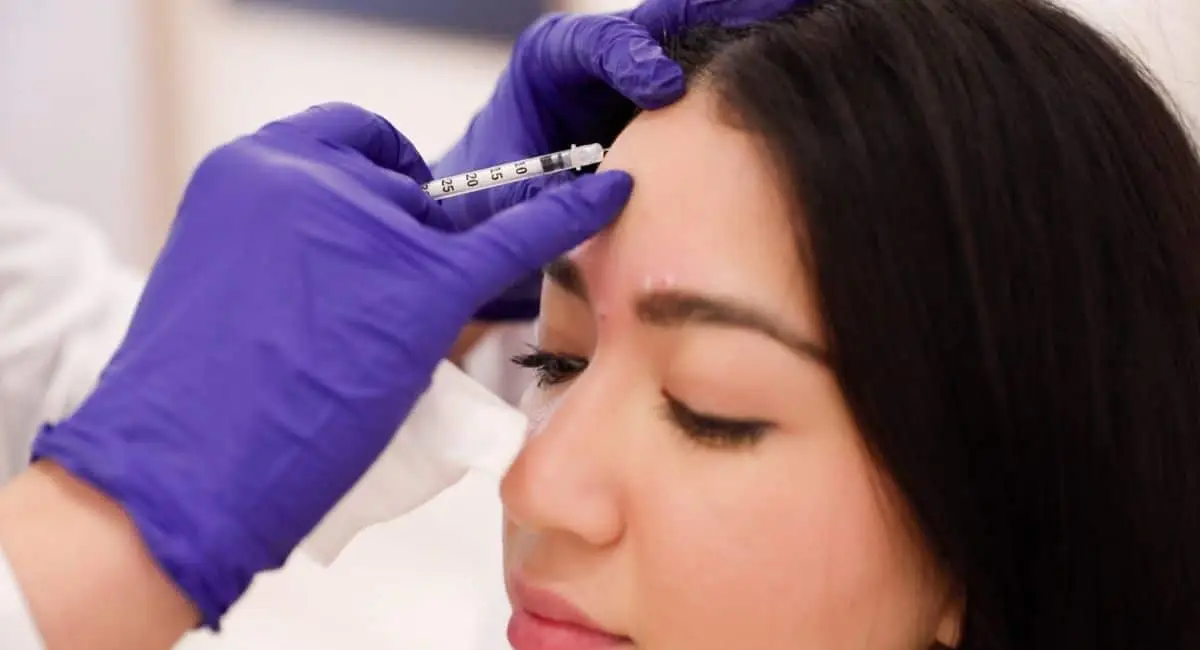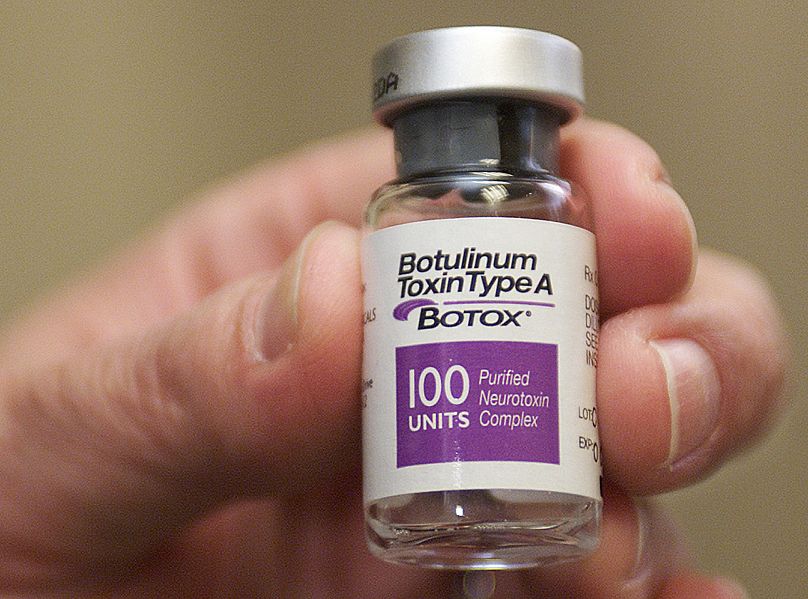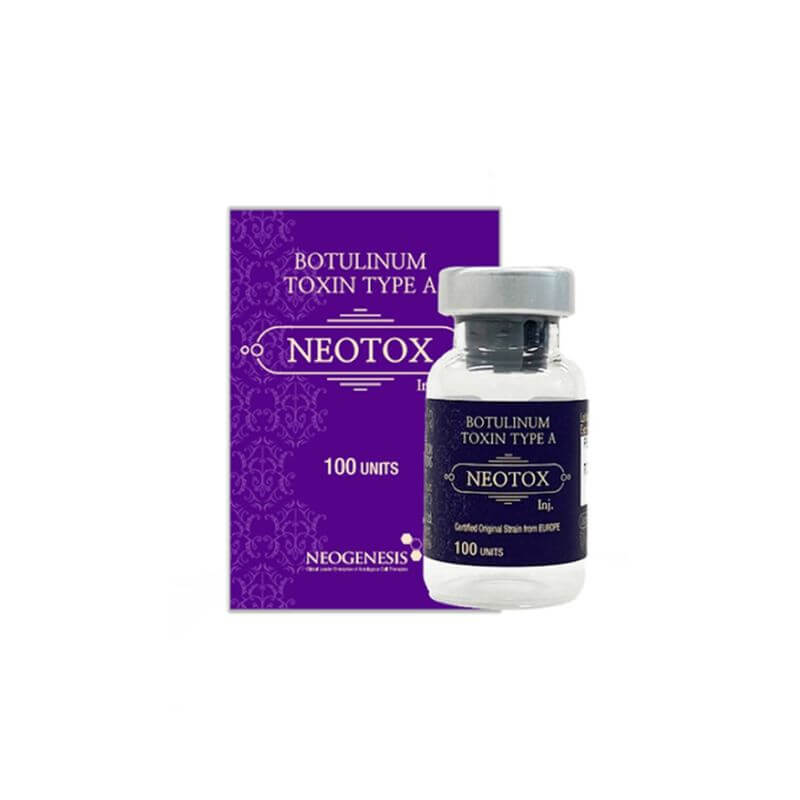Botulinum toxin has revolutionized both cosmetic and medical fields, capturing the attention of patients and professionals alike. With a growing list of botulinum toxin brands available in the market, it can sometimes be overwhelming for consumers to navigate which option is best suited for their needs. The intricacies surrounding these brands are fascinating, as they encompass not just the science behind the toxins but also their history, efficacy, safety, and varied applications. In this comprehensive article, we will explore botulinum toxin brands in detail, examining everything from their development and types to popular options, patient considerations, and current trends.
Table of Contents
ToggleIntroduction to Botulinum Toxin Brands

The term “botulinum toxin” often evokes images of beauty treatments and wrinkle reduction. However, its origins and applications span far beyond aesthetics.
What is Botulinum Toxin? Botulinum toxin is produced by the bacterium Clostridium botulinum. While it is known for causing food poisoning, the purified form of the toxin is harnessed for various therapeutic and cosmetic purposes. The toxin works by blocking nerve signals to muscles, resulting in temporary paralysis or reduced muscle activity. This property has made botulinum toxin a sought-after treatment for conditions such as chronic migraines, excessive sweating, and, most notably, facial wrinkles.
History and Development of Botulinum Toxin Brands The journey of botulinum toxin from a dangerous poison to a sought-after therapeutic agent is quite remarkable. The first clinical use of botulinum toxin dates back to the 1980s when Dr. Alan Scott initially used it to treat strabismus, a condition characterized by misaligned eyes. Following its success, further research explored its potential in aesthetic treatments, leading to the commercial introduction of brands like Botox in the early 2000s. Over time, other brands have emerged, each bringing unique formulations and effects to the table.
Overview of Botulinum Toxin Brands Types

As the demand for botulinum toxin treatments has surged, various botulinum toxin brands have entered the market, each offering a slightly different product.
Types of Botulinum Toxin Available There are several types of botulinum toxin, categorized primarily into Type A and Type B. Type A is the most commonly used, featuring brands such as Botox, Dysport, Xeomin, and Jeuveau. Type B, represented by the brand Myobloc, is less prevalent but used for specific conditions where Type A may not be effective. Each type varies in potency, formulation, and onset duration, influencing the choice depending on individual requirements.
Differences Between Types of Botulinum Toxin The key differences between the various types of botulinum toxin lie in their chemical composition and how patients respond to them. For instance, some individuals may find that they experience better results with one brand over another due to variations in diffusion, effectiveness, and the body’s immune response to the foreign protein. This aspect underscores the importance of personalized patient consultations to determine the most appropriate option for individual preferences and medical needs.
Popular Botulinum Toxin Brands

The landscape of botulinum toxin is dominated by several well-known brands, each with its own strengths and characteristics.
Botox: The Pioneer Brand Botox holds a prominent position as the first FDA-approved botulinum toxin brand. Its reputation stems from years of extensive research and successful applications in both aesthetic and medical domains. Patients typically gravitate towards Botox for wrinkle reduction, as studies show it delivers consistent results. The brand’s long-standing credibility makes it a top choice among both patients and practitioners.
Dysport: A Competitive Alternative Following closely behind Botox is Dysport, another Type A botulinum toxin. Dysport gained popularity due to its rapid onset and wider diffusion, making it suitable for larger treatment areas. Some practitioners prefer Dysport for its ability to deliver a more natural look, particularly in dynamic regions like the forehead. Patient reviews often highlight the satisfaction from Dysport’s results, especially for those who experienced less effective outcomes with Botox.
Xeomin: The Purified Option Xeomin distinguishes itself as a purer alternative, devoid of complexing proteins that some patients may develop antibodies against. This feature reduces the likelihood of resistance, allowing for consistent results over time. Many practitioners recommend Xeomin for patients seeking longevity in their treatments and those who may have developed a tolerance to other brands. This makes Xeomin an attractive option for those looking to achieve their desired aesthetic without interruptions.
Jeuveau: The New Kid on the Block Jeuveau, introduced recently, quickly captured attention as a modern alternative focused exclusively on aesthetic treatments. Its formulation is optimized for beauty applications, appealing to a younger demographic that seeks effective wrinkle solutions. Jeuveau’s positioning reflects a trend toward specialized products tailored to consumer needs, showcasing how the botulinum toxin market continues to evolve.
Comparisons Botulinum Toxin Brands
A thorough understanding of each botulinum toxin brand requires a comparative analysis across various dimensions.
Efficacy of Different Brands Studies indicate that all major brands yield effective results for treating facial wrinkles. However, differences in onset time, intensity of results, and duration can influence a patient’s satisfaction. For instance, while Botox may take longer to show full effects compared to Dysport, many users appreciate Botox’s predictability and established reputation. Ultimately, efficacy varies from patient to patient based on factors such as skin type, age, and muscle strength.
Duration of Results Across Brands The duration of results can significantly impact a patient’s choice of brand. On average, Botox and Dysport last approximately three to four months, while Xeomin and Jeuveau may provide effects lasting up to six months. Personal experiences and practitioner recommendations play pivotal roles in guiding patients toward the right brand that aligns with their lifestyle and aesthetic goals.
Price Comparison Among Brands Pricing for botulinum toxin brands can vary widely, influenced by factors such as geographic location, provider expertise, and additional services. Generally, Botox tends to be priced at a premium compared to its competitors, reflecting its established status. However, patients should consider the overall value rather than simply focusing on the cost per unit, as the quality of care and expected results are of utmost importance.
Mechanism of Botulinum Toxin Brands

Understanding how botulinum toxins work helps demystify their effectiveness and sheds light on the complexities of their application.
How Botulinum Toxin Brands Work The mechanism underlying botulinum toxin brands revolves around blocking neurotransmitters responsible for muscle contractions. When injected, the toxin binds to nerve endings, preventing acetylcholine release, thus inhibiting muscle movement. This process creates a softening effect on targeted muscles, leading to the relaxation of wrinkles and fine lines.
Targeted Botulinum Toxin Brands Different brands may demonstrate variations in their targeting abilities. For example, Dysport’s formulation allows for broader diffusion, accommodating larger treatment areas such as the forehead and crow’s feet. Conversely, brands like Xeomin offer precision in smaller zones, such as frown lines between the eyebrows. These differences underscore the need for practitioners to consider both patient anatomy and desired results when selecting the most suitable botulinum toxin brand for injection.
Safety and Side Effects When Purchasing from Botulinum Toxin Brands

While botulinum toxin treatments are generally safe, it is crucial to understand the potential side effects associated with each brand.
Common Side Effects of Botulinum Toxin Patients may experience mild side effects such as bruising, swelling, or redness at the injection site immediately following treatment. These effects are usually transient and resolve within a few days. Other common reactions can include headaches or drooping eyelids, depending on the injected area. It’s essential for patients to discuss any concerns with their healthcare provider during the pre-treatment consultation to gain a clear understanding of what to expect.
Rare but Serious Risks Though rare, serious complications such as difficulty swallowing, breathing problems, or allergic reactions may occur. These risks underline the necessity of choosing reputable providers who adhere to stringent safety protocols. Patients must ensure they receive injections from licensed professionals familiar with the nuances of each brand to mitigate potential risks effectively.
Application Techniques for Botulinum Toxin

The technique used during botulinum toxin injections can greatly affect the final results, highlighting the importance of skilled practitioners.
Injection Techniques for Optimal Results Practitioners utilize various injection techniques based on the chosen botulinum toxin brand and the desired outcome. The microdroplet technique involves administering small amounts of the toxin strategically to create a smooth, natural appearance. Other methods may employ a fan-shaped approach, allowing for even distribution across broader areas. Mastery of these techniques ensures that patients achieve optimal results without compromising their aesthetic goals.
Considerations for Different Brands Each botulinum toxin brand may require specific considerations during administration. For instance, Dysport’s wider diffusion pattern necessitates precise placement to avoid unintended muscular paralysis in adjacent areas. Practitioners must tailor their techniques according to the brand’s properties and the patient’s anatomy to enhance safety and effectiveness.
Recommended Dosages

Determining the right dosage is a crucial factor in achieving successful botulinum toxin results.
Standard Dosage Guidelines for Each Brand While dosage can vary based on indications and individual patient needs, general guidelines exist for each botulinum toxin brand. Practitioners typically refer to manufacturers’ instructions to determine the standard dosages for approved uses. These guidelines serve as a foundation for tailoring individual treatments to ensure optimal outcomes without risking adverse effects.
Factors Influencing Dosage Several factors influence the ideal dosage, including patient age, muscle strength, and prior exposure to botulinum toxins. For example, individuals with stronger facial muscles may require higher doses to achieve satisfactory results. Consulting with a knowledgeable practitioner helps customize dosage plans based on these factors, enhancing the overall treatment experience.
Regulatory Approval

Regulatory approval plays a vital role in ensuring the safety and efficacy of botulinum toxin brands.
FDA Approval Process for Botulinum Toxin Brands The FDA’s rigorous approval process evaluates the safety, efficacy, and manufacturing practices of botulinum toxin products before they reach consumers. Clinical trials are conducted to gather data on each product’s effects, side effects, and appropriate usage. This thorough vetting process instills confidence in both patients and practitioners when selecting approved brands for treatment.
Global Regulatory Status Beyond the FDA, each country possesses its regulatory body overseeing botulinum toxin approvals. As global interest in these products rises, it is important for practitioners and patients alike to remain informed about the regulatory status of various brands in their respective countries. Knowledge of local regulations ensures that patients access the highest-quality products while minimizing risks associated with unapproved alternatives.
Patient Considerations
Choosing the right botulinum toxin treatment involves careful consideration of individual patient factors.
Ideal Candidates for Botulinum Toxin Treatments Not every individual is an ideal candidate for botulinum toxin treatments. Patients with certain medical conditions, allergies, or active infections may be advised against using these products. Moreover, individuals seeking cosmetic enhancements must have realistic expectations regarding the outcomes. Discussing personal health history and treatment goals with a qualified practitioner ensures that patients are well-informed and guided toward appropriate options.
Pre-Treatment Consultation Prior to undergoing treatment, a comprehensive consultation is essential. This session allows practitioners to evaluate the patient’s medical history, clarify any questions, and explain the procedure in detail. Open communication fosters trust and helps establish a treatment plan aligned with the patient’s goals. By addressing concerns upfront, both parties can collaborate to ensure a positive experience.
Post-Treatment Care for Botulinum Toxin
Proper aftercare following botulinum toxin injections contributes to achieving optimal results.
Immediate Aftercare Instructions Immediately post-treatment, patients are typically advised to avoid touching the injection sites, exercising strenuously, or lying down flat for a few hours. These guidelines help minimize the risk of complications such as spreading the toxin to unintended areas. Practitioners often provide tailored aftercare instructions based on the specific brand used to maximize efficacy.
Long-Term Care Recommendations To maintain the longevity of results, patients should adhere to follow-up appointments as recommended by their practitioner. Regular touch-ups can ensure sustained outcomes and allow for adjustments if necessary. Additionally, maintaining a healthy skincare routine and protecting the skin from sun exposure can enhance the treatment’s durability, contributing to overall satisfaction with the results.
Trends in Botulinum Toxin Use
The popularity of botulinum toxin treatments has been on the rise, influenced by changing consumer demands and evolving medical research.
Increasing Popularity in Aesthetic Medicine As societal beauty standards shift, the demand for non-surgical cosmetic procedures, including botulinum toxin treatments, has surged. Millennials and Gen Z consumers are increasingly turning to these options to maintain youthful appearances. Social media platforms amplify awareness of existing treatments and foster discussions around aesthetic procedures, encouraging more individuals to seek out botulinum toxin brands for their rejuvenation goals.
Expanding Therapeutic Applications In addition to cosmetic uses, ongoing research continues to reveal new therapeutic applications for botulinum toxin. Conditions ranging from anxiety to depression and even bladder disorders are being explored as potential indications for treatment. As new studies emerge, the scope of botulinum toxin brands will likely expand, opening doors for innovative treatment possibilities that enhance patients’ quality of life.
Conclusion
The world of botulinum toxin brands is a captivating blend of science, art, and evolving consumer demands. From its modest beginnings in medical applications to its prominent role in aesthetic enhancement, botulinum toxin has carved out a significant niche in healthcare. By understanding the nuances between different brands, their mechanisms, safety profiles, and emerging trends, both patients and practitioners can make informed decisions that lead to successful treatment outcomes. As the field continues to evolve, staying abreast of advancements will undoubtedly shape the future of botulinum toxin usage and the transformative possibilities it offers.
Contact us via other platforms if you have any questions or requests that need to be answered quickly.
Tiktok: www.tiktok.com/@lunabeautyacademy6
Hotline: 034 254 0228
Email: lunabeautyacademy@gmail.com
Address: No. 29, Alley 140/1/2, Lane 140 Nguyen Xien, Thanh Xuan, Hanoi
Luna wishes you success and hopes you will have the best experiences at the academy. If you need advice or answers about anything, please leave your Contact Information With Us, the Luna team will contact you soon. Thank you for reading this article.


















